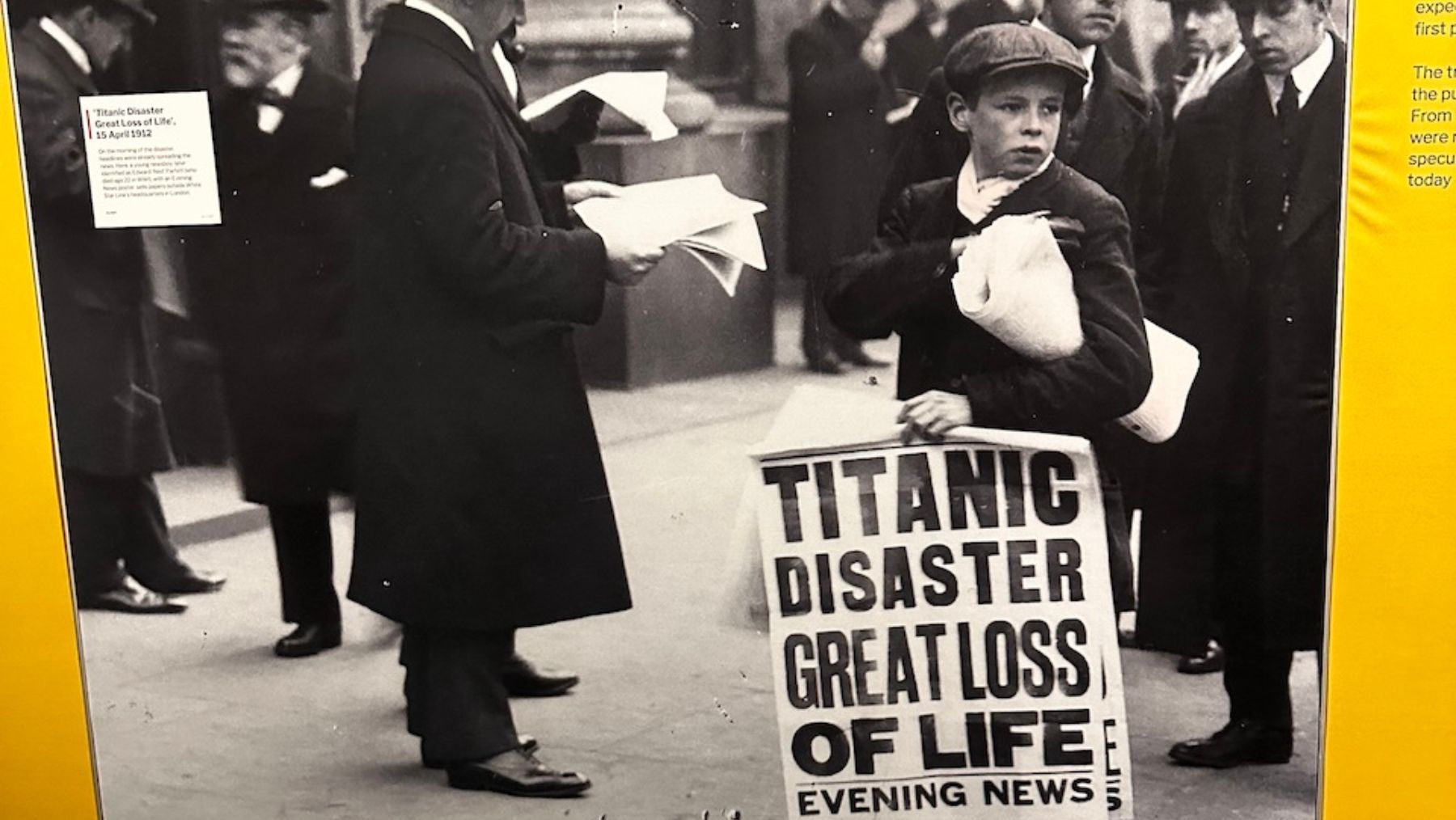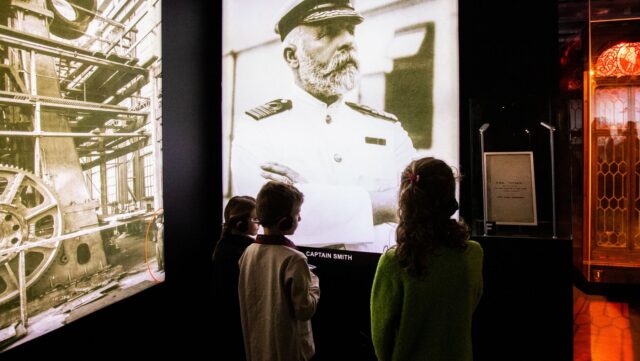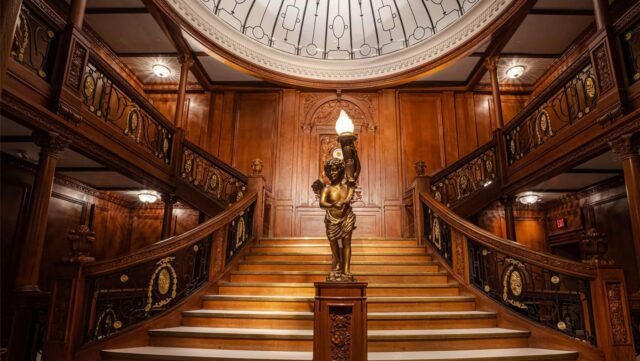- Thanks to many Hollywood depictions and the mystery of the wreck, The Titanic is the world’s most famous marine tragedy.
- Launched in 1912, she was billed as unsinkable. The rest is history.
- But this is no spectacular. It’s poignant and focuses on the people. That’s what makes it special – and well worth a look.
Stepping into “Titanic: The Human Story in Sydney is less like visiting a museum and more like embarking on a voyage through time, a journey that manages to pluck at every emotional string, leaving you laughing at the sheer absurdity of human hubris and weeping at the profound tragedy of it all.
It’s ironic that we went on the same day the cruise industry in Australia reported record numbers of us are now taking to the seas for our holidays – and thankfully, come home safe.
This exhibition isn’t just a collection of artifacts; it’s a meticulously crafted narrative that brings the ill-fated liner and its passengers vividly back to life. The audio narrative is excellent and takes you from room to room while re-telling through the eyes of everyone on the ship this extraordinary tale of human endeavour and tragedy.
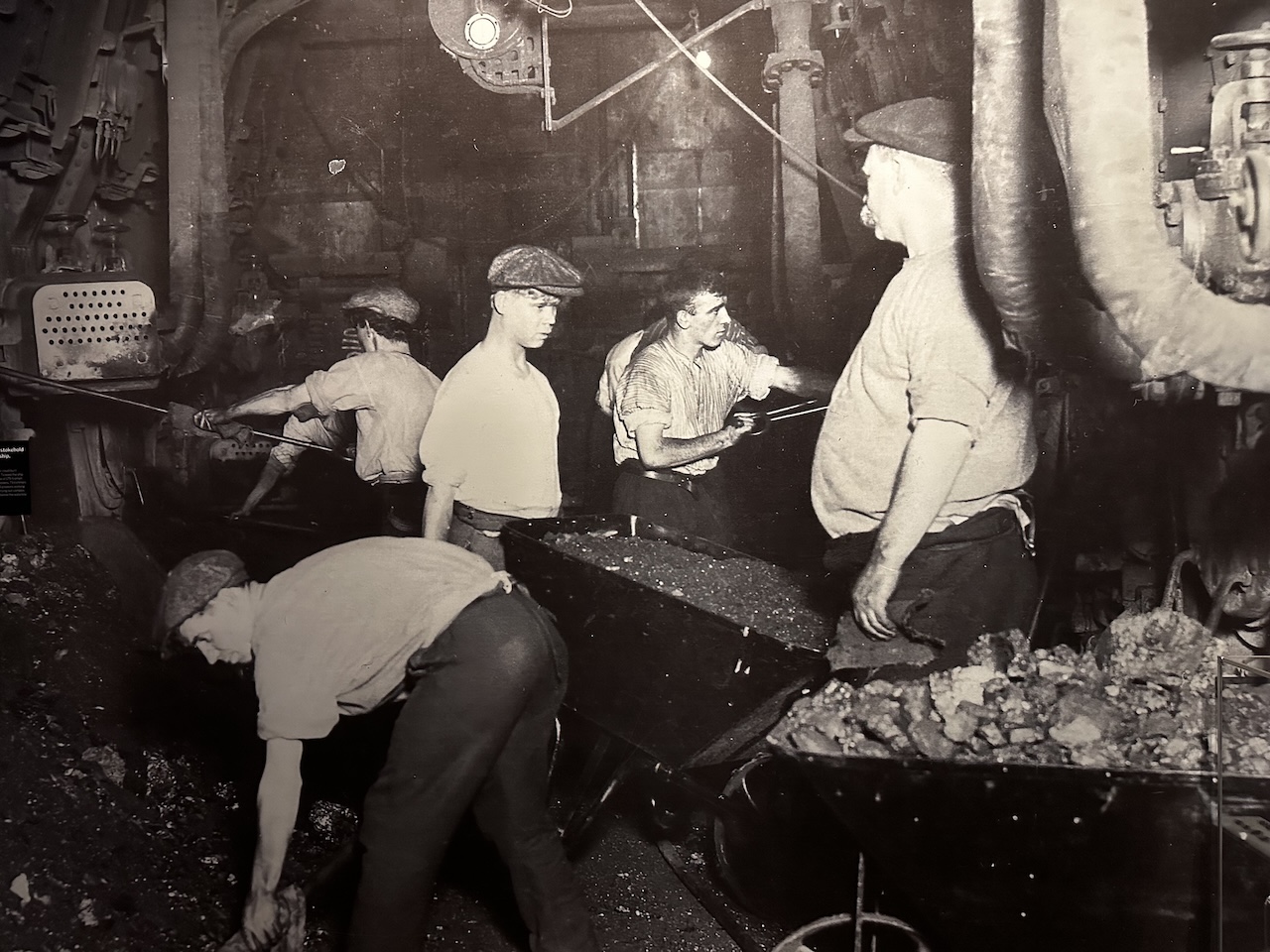
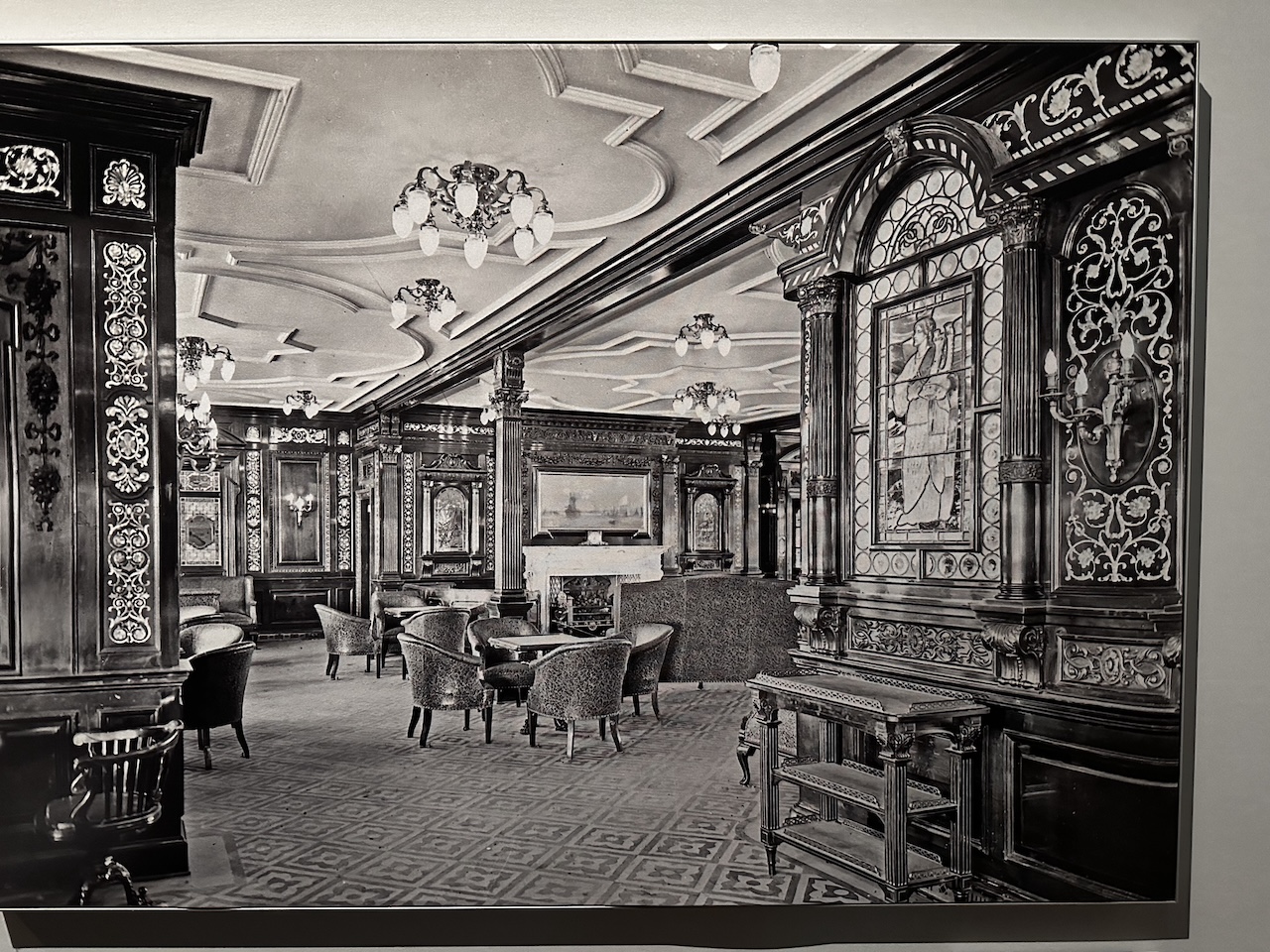
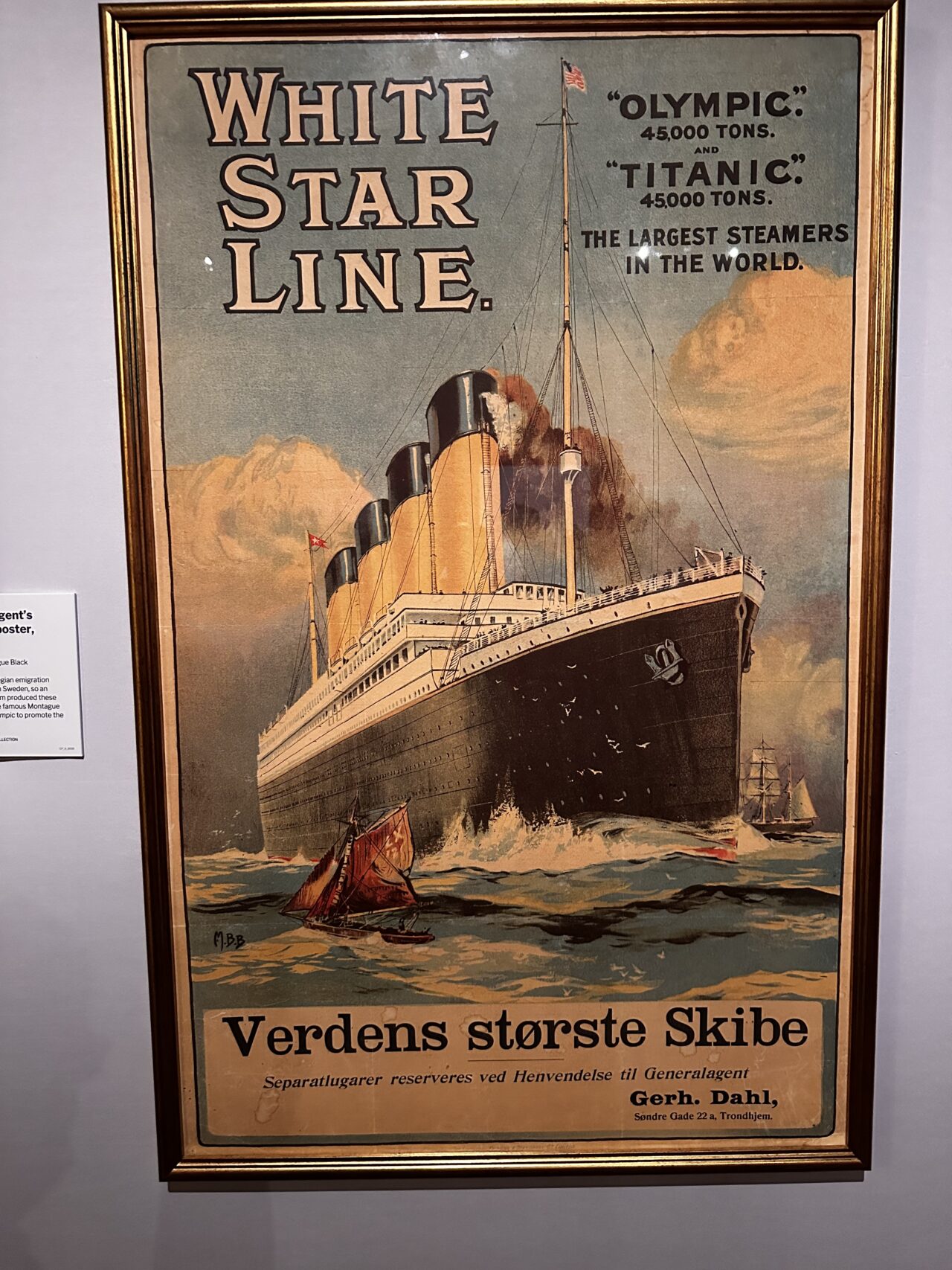
The initial moments of the exhibition are almost disarmingly light-hearted, perhaps intentionally so, to set the stage for the inevitable plunge into despair.
You find yourself chuckling, almost involuntarily, at the sheer audacity of the claims made about the ship. The pronouncements of its “unsinkability,” plastered on promotional materials and echoed by proud engineers, now seem like a cruel cosmic joke.
The exhibition cleverly uses original advertisements and historical accounts to highlight this overconfidence, and the irony is palpable, eliciting a nervous, almost incredulous laugh from visitors.
But the smiles are fleeting, quickly giving way to a profound sense of sorrow and anger.
The exhibition masterfully transitions from the grand spectacle to the heartbreaking reality of the disaster. Recorded interviews with real survivors, woven into the audio landscape of the exhibit, are particularly poignant. Hearing their voices, sometimes trembling, sometimes resolute, recounting the chilling details of that night – the screams, the icy water, the desperate scramble for life – is a visceral experience.
One elderly woman’s voice, frail yet clear, described the terrifying sensation of the deck tilting, and another, a man who was just a boy, recalled the desperate pleas for help that went unanswered. These personal testimonies cut through the decades of historical distance, making the tragedy intensely personal.
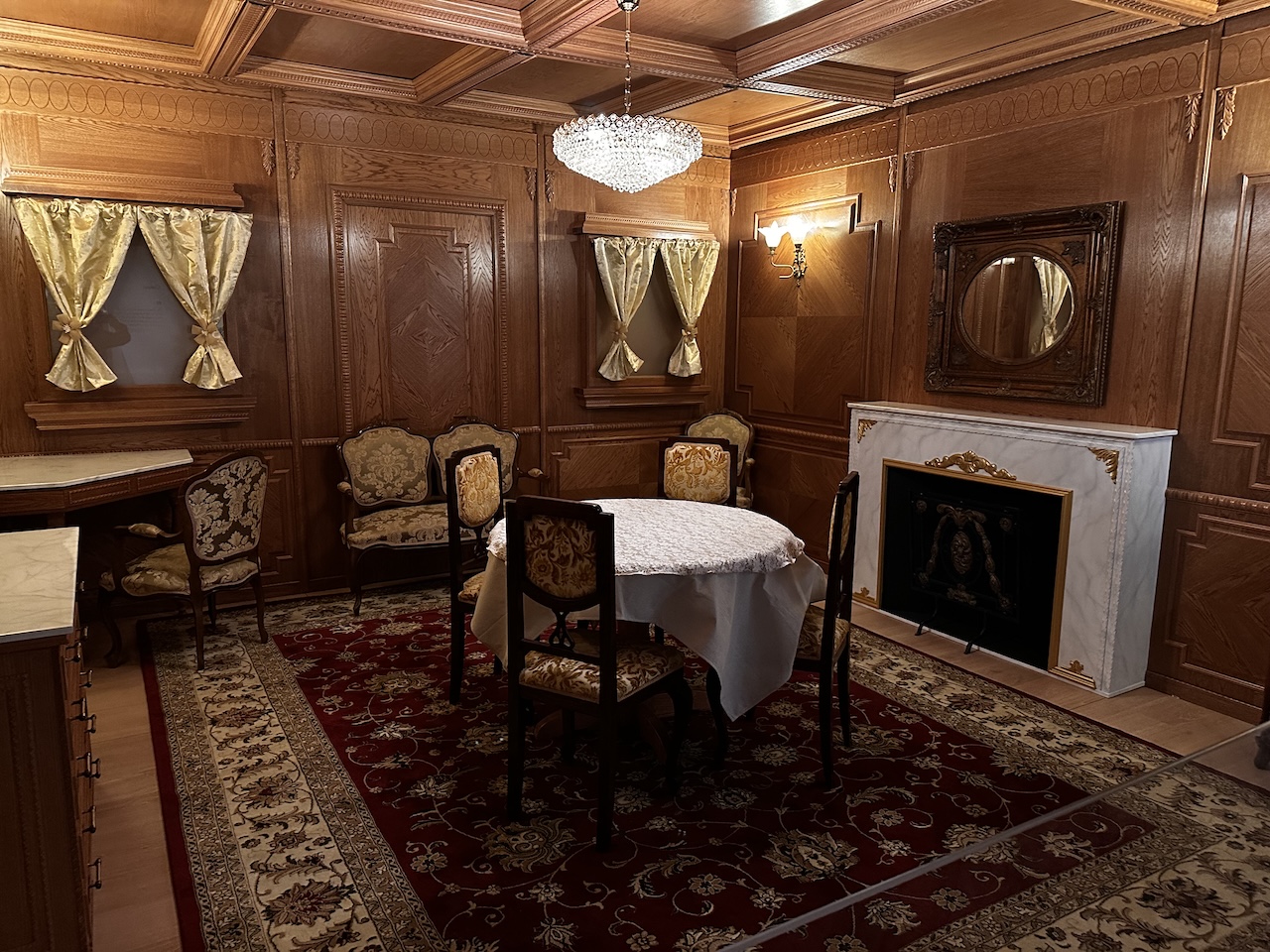


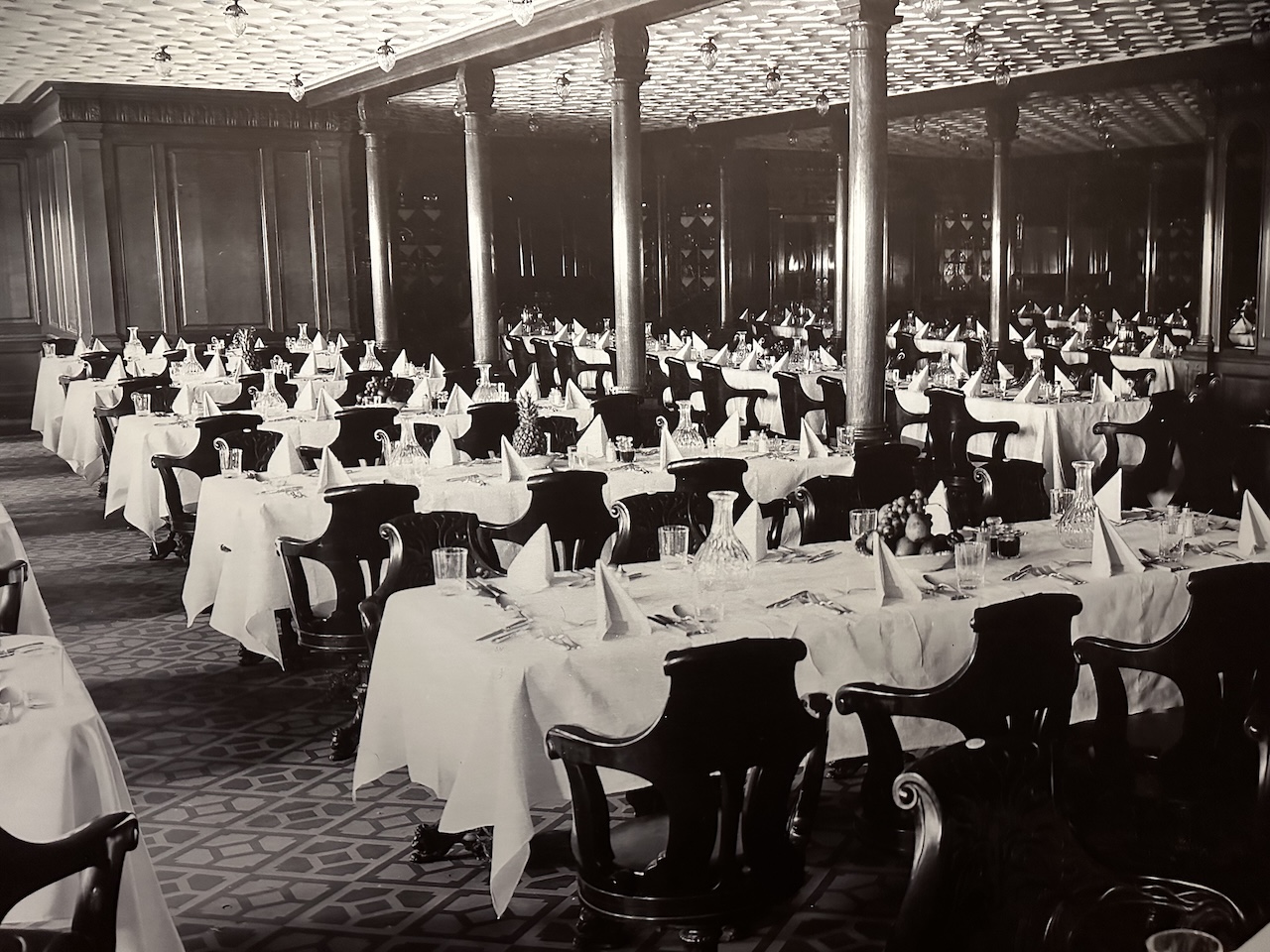
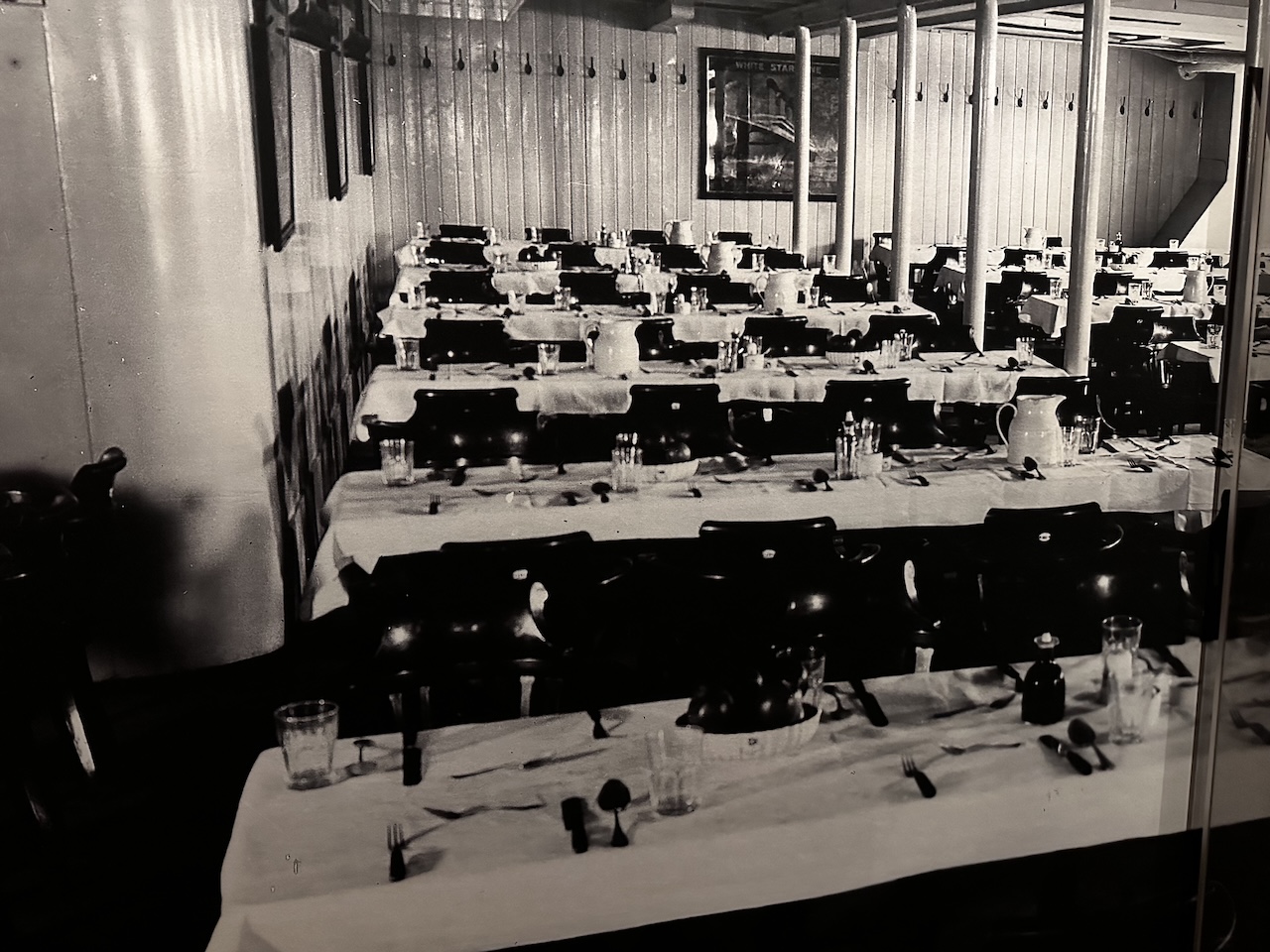
The tears flow freely when confronted with the stark, undeniable truth: so many more lives could have been saved. The exhibition doesn’t shy away from highlighting the absurd unpreparedness of the “unsinkable” ship. The sheer inadequacy of lifeboats, a fact that seems almost criminal in retrospect, is laid bare.
You see the chilling statistics, the diagrams illustrating the chaotic evacuation, and the desperate choices made in the face of impossible odds. The names of all who died and survived are displayed, a solemn roll call that transforms abstract numbers into individual human stories.
Each name, whether of a first-class passenger or a third-class immigrant, represents a life cut short or forever scarred, a family shattered, a dream extinguished. It’s a powerful, almost overwhelming, reminder of the human cost of hubris and negligence.
And then there’s the band – the legendary musicians who, even as the ship listed precariously, continued to play. The show captures this almost surreal act of defiance and dedication, presenting it with a blend of reverence and the kind of dark humour that only hindsight can provide. It’s a moment of bizarre, almost theatrical, stoicism that makes you smile despite the impending doom.
The Titanic’s story, amplified by Hollywood blockbusters and countless documentaries, has cemented its place as the world’s most famous shipping disaster.
This exhibition acknowledges that enduring fascination, but it elevates it beyond mere spectacle.
It delves into man’s endless quest to pick over the remains, to understand, to learn, and even to dream of raising the ship from the depths. But ultimately, “Titanic: The Human Story” reminds us that beneath the layers of myth and fascination lies a deeply human tragedy, a testament to both the heights of human ambition and the depths of its vulnerability.
“Titanic: The Human Story” is being held at the Walsh Bay Arts Precinct, Pier 2/3, 13A Hickson Road, Dawes Point, 2000
Tickets are from $26 to $50.
Th e show runs until July 6, 2025.
See more here.

